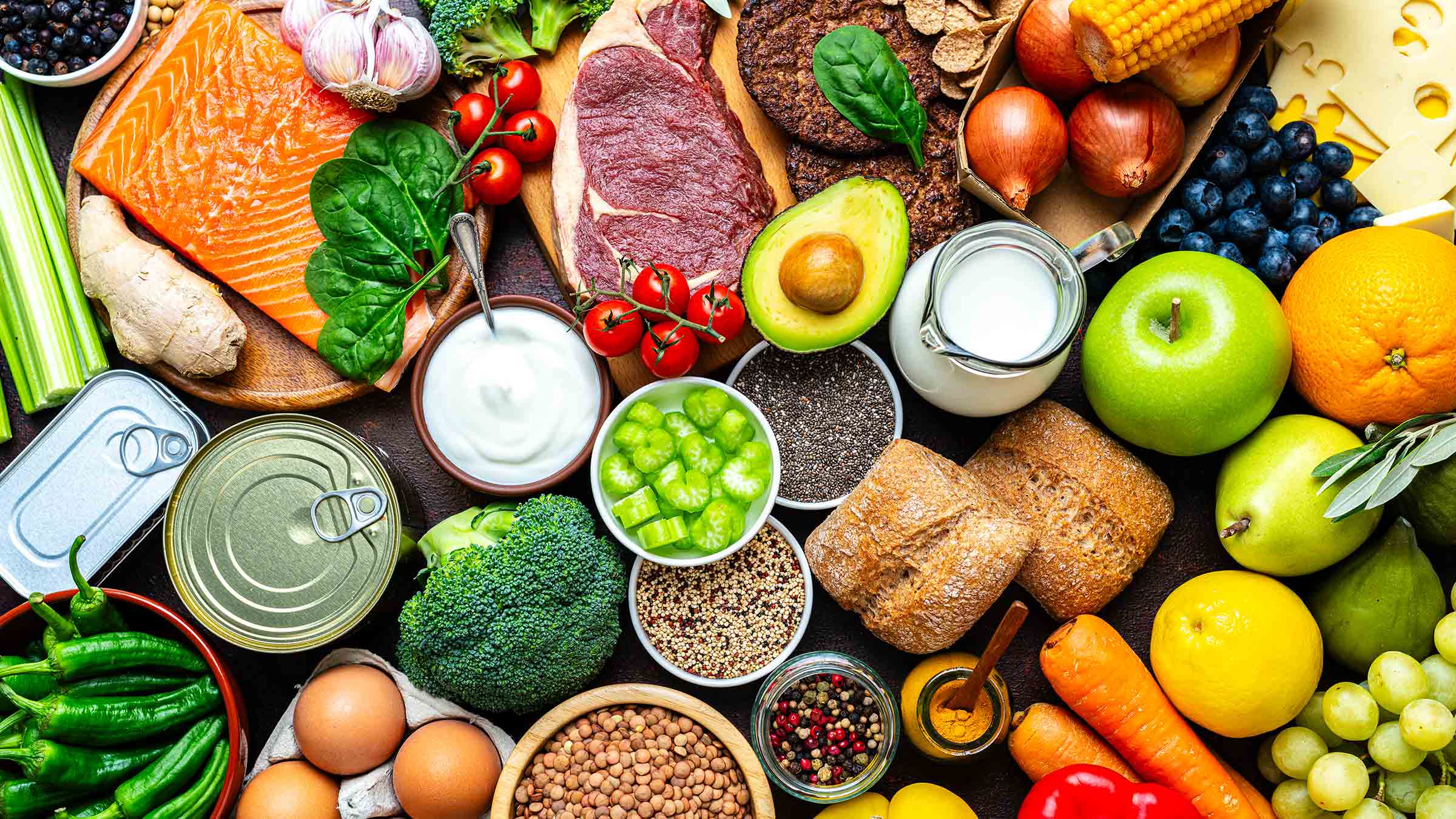
Cancer is a complex set of diseases that we, as researchers, are studying to improve therapies and develop prevention strategies.
Although there’s no single way to prevent cancer, taking steps to reduce your risk is key. Start with these four steps:
1 Maintain a healthy weight, eat healthfully and stay active
Preventing many diseases, including cancer and heart disease, begins with establishing and maintaining a healthy lifestyle. There’s not yet enough data to definitively link weight loss to reduced cancer risk. But research suggests that chronic inflammation — a characteristic of excessive weight — is a significant risk factor for cancer. Eating a balanced diet filled with plant-based foods, fiber and lean protein but low in saturated fats is a good way to start.
2 Get the HPV vaccine if you qualify
The incidence rate of human papillomavirus (HPV)-associated cancers has continued to rise. HPV causes the vast majority of these cancers, according to the Centers for Disease Control and Prevention. Although the HPV vaccine can prevent cervical cancer, vaccination rates remain low across the United States.
3 Talk to your doctor about cancer screenings appropriate for your risk factors
Screenings are important to find cancer early on when the chances of being able to eliminate it are best. Colon and cervical cancer both have precancerous states that, if caught early, can be halted before cancer develops. The U.S. Preventive Services Task Force (USPSTF) has cancer screening guidelines:
Lung cancer
Lung cancer is the number one cause of cancer-related deaths among both men and women, and the disease often is diagnosed in an advanced, difficult-to-treat stage. If you’re at high risk for lung cancer because of a history of heavy smoking, a CT screening can flag early signs of malignant cancer. The screening is recommended for anyone age 55 to 80 who has smoked at least one pack of cigarettes per day for 30 years and continues to smoke or has quit smoking within the past 15 years
Skin cancer
It’s a good idea for you to be screened annually for skin cancer. The USPSTF recommends minimizing exposure to ultraviolet (UV) radiation for people age 6 months to 24 years with fair skin types to reduce their risk of skin cancer. When you’re in the sun, sunscreen with a sun protection factor (SPF) of 30 or more should be applied, regardless of your age
Breast cancer
An estimated one in eight women will develop breast cancer. Screening guidelines for this disease may have left women puzzled about the right time to begin screening mammograms: Age 40 or age 50? There’s no hard rule on when screening should begin, but rather women should discuss individualized breast cancer screening recommendations with their doctors. Several factors can contribute to increased risk, and these vary from one woman to the next. Women with dense breast tissue and/or a family history of cancer would benefit from earlier screening compared with the general population. Risk-assessment models can be used in the clinic to help calculate a woman’s lifetime risk for breast cancer.
4 Avoid tobacco and alcohol
Tobacco is the leading cause of preventable cancer death. Both firsthand and secondhand exposure can affect your risk. The good news is that it’s never too late to quit using tobacco and experience health benefits. Tobacco products contain chemicals that damage DNA and promote development of many types of cancer, including lung, larynx (voicebox), mouth, esophageal, throat, bladder, kidney, liver, stomach, pancreatic, colorectal and cervical cancers, as well as acute myeloid leukemia, a form of blood cancer. People who use smokeless tobacco (snuff and chewing tobacco) have higher risks of mouth, esophageal and pancreatic cancer.
When it comes to drinking alcohol, studies increasingly suggest there’s no safe amount. Recent studies suggest that even mild consumption — defined as fewer than three glasses of wine per week — can increase a woman’s risk for breast cancer.

Healthy eating is within your reach!
Make an appointment with our dietitians or nutritionists.
Schedule an appointment




